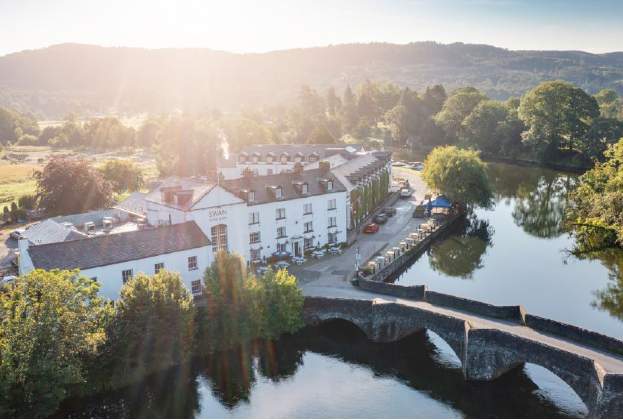Travel remains a significant contributor to carbon emissions, estimated at 8%-11% of global greenhouse gas emissions according to the World Travel & Tourism Council. Business travel accounts for a high proportion, increasing the pressure on companies to reduce supply chain emissions. Simultaneously, leisure travellers are more conscious of their impact, seeking sustainable accommodation options.
The 2023 Booking.com Sustainable Travel Report revealed that 74% of respondents believe people need to act now and make more sustainable choices. Additionally, 65% of people would feel better about staying in a particular accommodation knowing it had sustainable travel certifications. This shift is reshaping investment decisions, especially in institutional settings, where measurement and improvement are becoming standard practices. Alongside this, the UK’s net zero goals mean that emerging guidance and legislation is placing greater emphasis on energy efficiency and sustainability. Investors need to ensure their assets are futureproofed to minimising risks.
More investors and developers carry out a Sustainable Asset Review (SAR) ahead of a transaction which offers insights into a property’s environmental credentials. A SAR accounts for present day performance, certification and accreditations, and importantly identifies potential future risks to transition to net zero emissions and opportunities to align with decarbonisation targets.
Hotel assets face extra challenges due to energy intensive amenities like hot water and laundry services. The age and type of hotel also brings different energy use exposures, like full-service hotels with wet leisure facilities.
Potential risks to achieving a viable net zero future include a dependency on gas for hot water provision, even in buildings that employ efficient heat pumps for heating and cooling. Hotels often occupy heritage buildings which present challenges to fabric improvements, or central locations, where rooftop plant competes with prime amenity spaces. Furthermore, where energy performance certificate (EPC) assessments are conducted under the previous building standards, this can also lead to a downgrade in rating upon reassessment due to new regulations penalising fossil fuel usage.
From an investor perspective, there are significant benefits to highlighting risks early. For example, if the replacement of a combined heat and power (CHP) with an all-electric solution is factored into the planned maintenance schedule before the next EPC, the owner proactively mitigates risk and supports both capital expenditure and ROI forecasts for net zero transition requirements to a full decarbonisation pathway.
Another aspect of the SAR is a Carbon Risk Real Estate Monitor (CRREM) assessment which provides a summary of the building’s carbon performance and assesses its alignment with the 1.5°C Paris proof target, predicting its stranding date. Stranding risk can impact an asset’s value, rent potential and expected ROI. Identifying stranding dates and potential interventions to mitigate risk equips investors with critical information. The speed and cost effectiveness of these reviews to support due diligence processes could also provide opportunities to access green finance mechanisms like ESG-linked loans and green bonds.
Sustainable practices in energy management are linked with operational cost efficiencies. A shared ethos and open dialogue between investor and operator is consequently crucial to the longer term future-proofing of assets, with other tools such as green lease clauses to support this collaborative approach.
The speed of transition to net zero and ability to implement sustainable solutions is also influenced by the nature of hotel ownership and operations, for example leased hotels will require the examination of tenants given long full repairing and insuring leases, compared to owner-operated hotels which benefit from full flexibility. This highlights the need for communication between all stakeholders which contribute to the net zero transition.
Further information
Contact Taby Halliwell or Phoenix Chow
Real Estate Insights Podcast: Savills Earth Series 2: How to be investor ready for ESG
.jpg)


.jpg)






